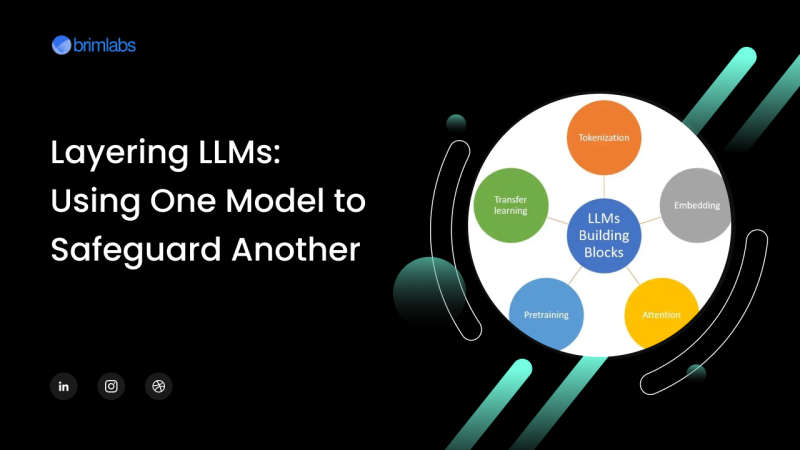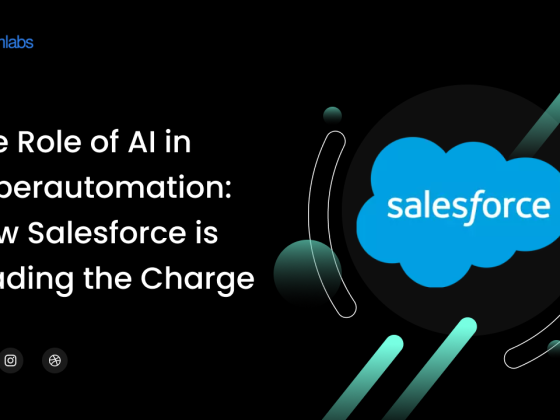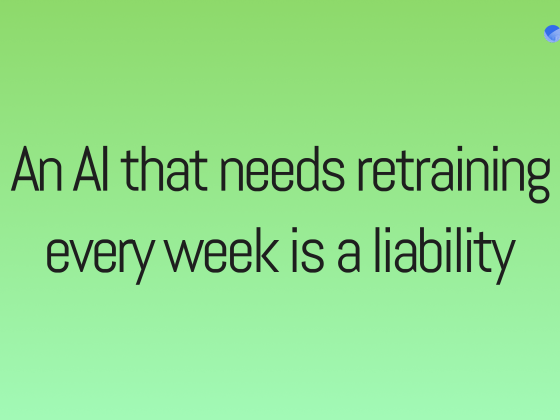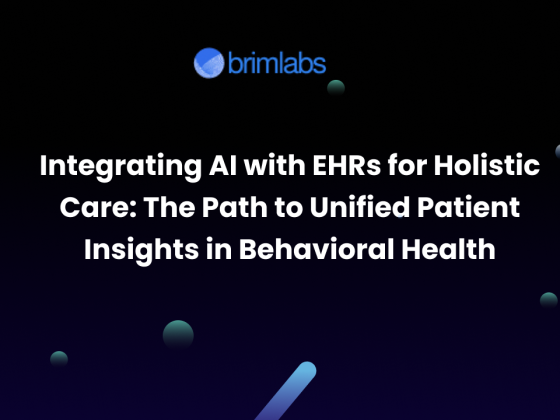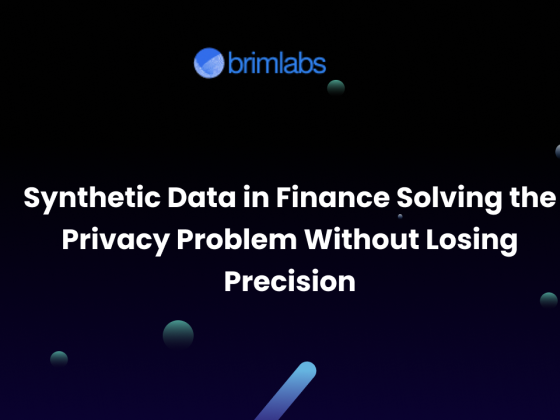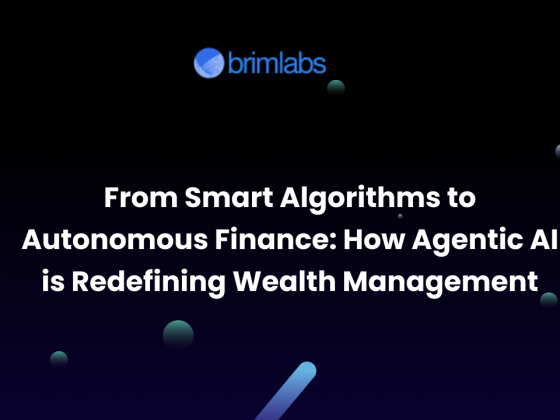LLMs such as GPT-4, Claude, and Gemini have revolutionized the way we interact with machines, enabling intelligent assistants, code generation, automated content creation, and more. However, as their capabilities grow, so do the risks: hallucinations, offensive responses, prompt injections, jailbreaks, data leakage, and ethical misuse.
To tackle these challenges, a powerful concept has emerged – Layering LLMs. This approach involves using one LLM to monitor, evaluate, and even filter the output of another. In essence, it’s about creating a smart safety net, a second pair of AI-powered eyes to ensure responsible and secure outputs.
Why Layer LLMs?
Let’s start with a few scenarios:
- You’re deploying a customer support chatbot and want to avoid offensive or incorrect responses.
- You’re building a generative platform for kids and need strong content moderation.
- You’re using LLMs for financial or healthcare advisory and require factual consistency and legal compliance.
In all these situations, relying on a single LLM can be risky. That’s where a layered approach shines.
The Core Idea: Model-on-Model Supervision
Layering LLMs is a form of model-on-model supervision. Here’s how it generally works:
- Primary Model (Generator): This is the LLM generating the original output, such as text, code, recommendations, etc.
- Secondary Model (Safeguard or Evaluator): A separate LLM is used to:
- Review the generated output.
- Check for bias, toxicity, hallucination, or policy violations.
- Suggest edits or block unsafe responses.
- Explain why something is flagged (optional but powerful for transparency).
This can be implemented in various ways, from inline moderation to post-generation audits to real-time feedback loops.
Popular Use Cases of Layered LLMs
1. Toxicity and Bias Detection: Deploy a dedicated moderation LLM (e.g., tuned with OpenAI’s moderation API or custom filters) to intercept outputs that may contain hate speech, discrimination, or harmful stereotypes.
2. Hallucination Checker: Use an evaluator LLM to fact-check generated content against trusted knowledge sources, especially in high-stakes use cases like medical, legal, or academic writing.
3. Jailbreak Detection: Prompt injection and jailbreaks remain a security risk. A safeguard LLM can detect anomalous prompts or outputs that attempt to bypass safety filters.
4. Policy Enforcement: Need to enforce brand tone, legal disclaimers, or content formatting? A secondary model can act as a rule enforcer, rejecting or editing content that doesn’t align with your company’s policies.
Architecting a Layered LLM System
Here’s a sample architecture for a layered setup:
css
CopyEdit
[ User Input ]↓
[ Primary LLM (GPT-4, Claude, etc.) ]↓
[ Secondary LLM (Filter/Evaluator) ]↓
[ Output Delivery (or Escalation/Correction) ]You can add more layers, depending on the complexity:
- Tertiary Models for reinforcement learning or post-hoc explanation.
- Fine-tuned Evaluators trained on your organization’s unique context.
This approach can be real-time (for live systems like chatbots) or batch-processed (for analyzing generated articles, code, etc.).
Implementation Strategies
- Few-shot Prompting: The evaluator LLM is given clear criteria and examples to determine if the output is valid or not.
- Chain-of-Thought Reasoning: Asking the evaluator to reason step-by-step can improve reliability.
- Multi-Agent Collaboration: Using multiple LLMs with different specialties (e.g., one for toxicity, one for facts, one for tone).
You can even build feedback loops where the evaluator not only critiques but feeds corrections back into the primary model.
Benefits of the Layered Approach
- Stronger Safety: Reduces harmful or embarrassing outputs.
- Compliance Ready: Enforces legal, ethical, or industry-specific constraints.
- Audit Trails: Easier to explain and justify why content was rejected.
- Customizable: Layers can be tuned separately for different use cases.
- Model Agnostic: You can mix and match LLMs from different vendors (OpenAI, Anthropic, Mistral, etc.).
Challenges to Consider
While powerful, layering comes with trade-offs:
- Latency: Extra inference time as outputs pass through multiple models.
- Cost: Double the API usage or compute cost.
- False Positives/Negatives: Evaluator models can still make mistakes.
- Prompt Design Overhead: Crafting effective evaluation prompts is an art in itself.
Despite these, the benefits outweigh the costs in safety-critical environments.
Conclusion: Smarter AI Needs Smarter Safeguards
As LLMs become more integrated into products and platforms, the need for governance-by-design becomes critical. Layering LLMs is one of the most promising strategies to build responsible, transparent, and resilient AI systems.
At Brim Labs, we specialize in designing intelligent, secure, and scalable AI architectures, including layered LLM systems tailored to your domain and risk profile. Whether you’re building a healthcare copilot, a financial advisor bot, or an AI-enhanced content platform, we help you build with safety and scale in mind.

